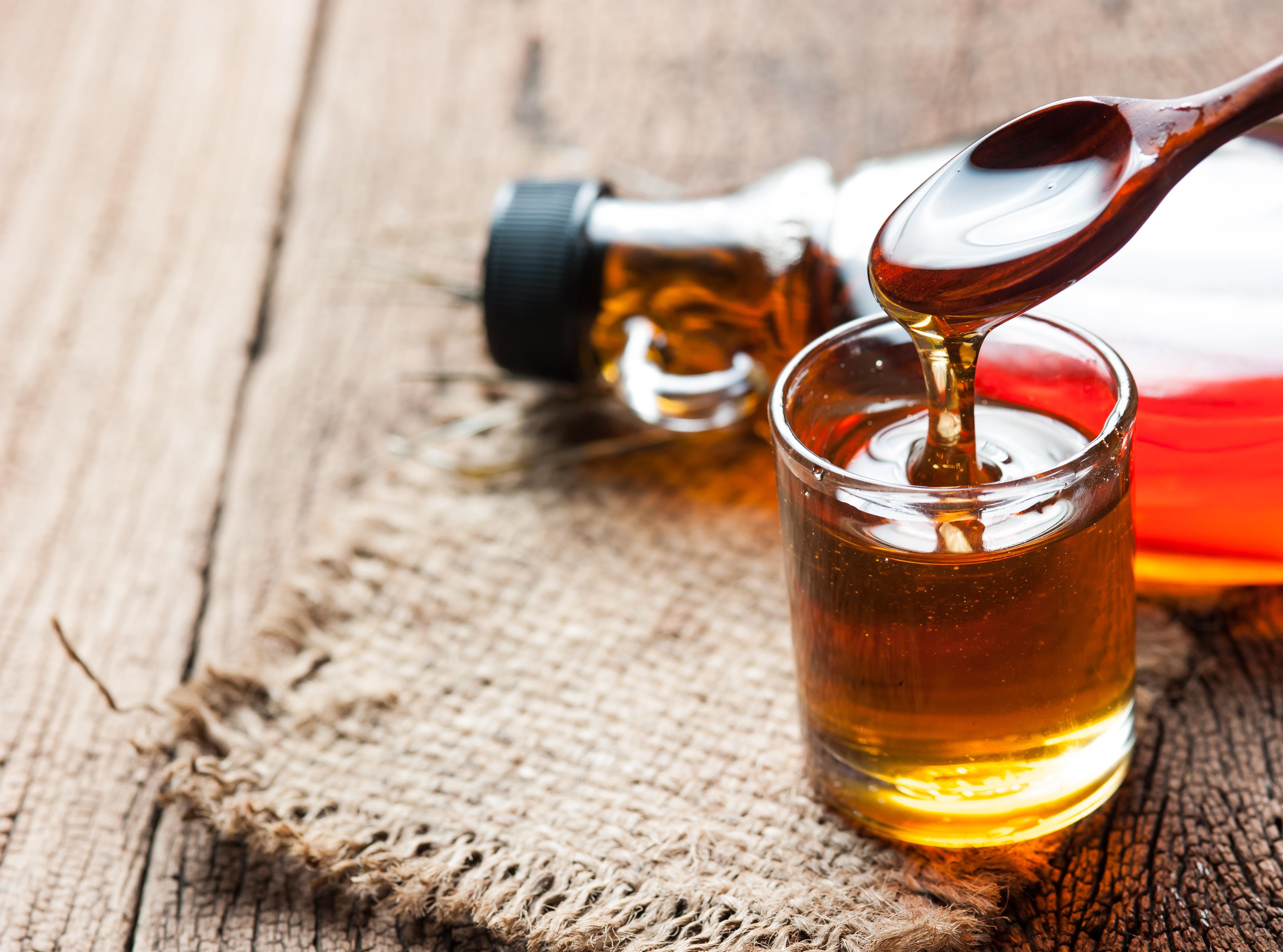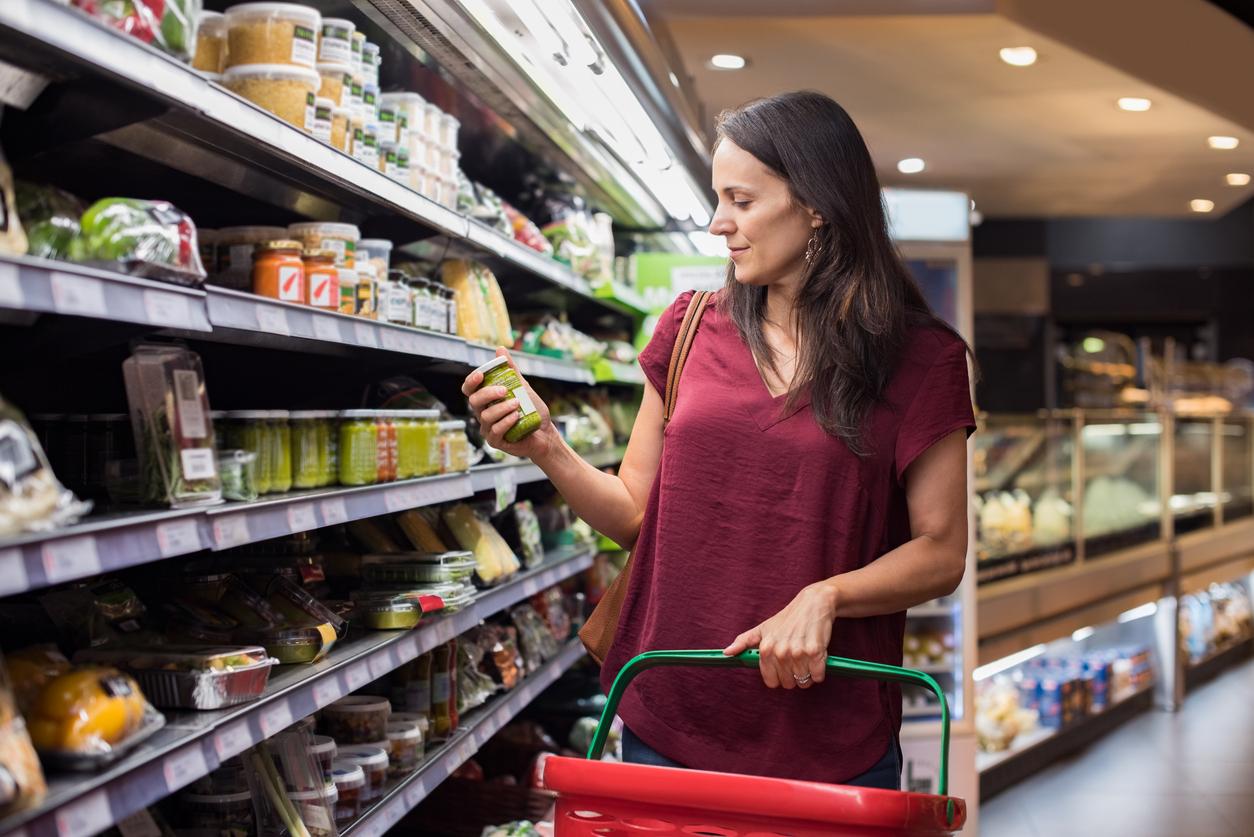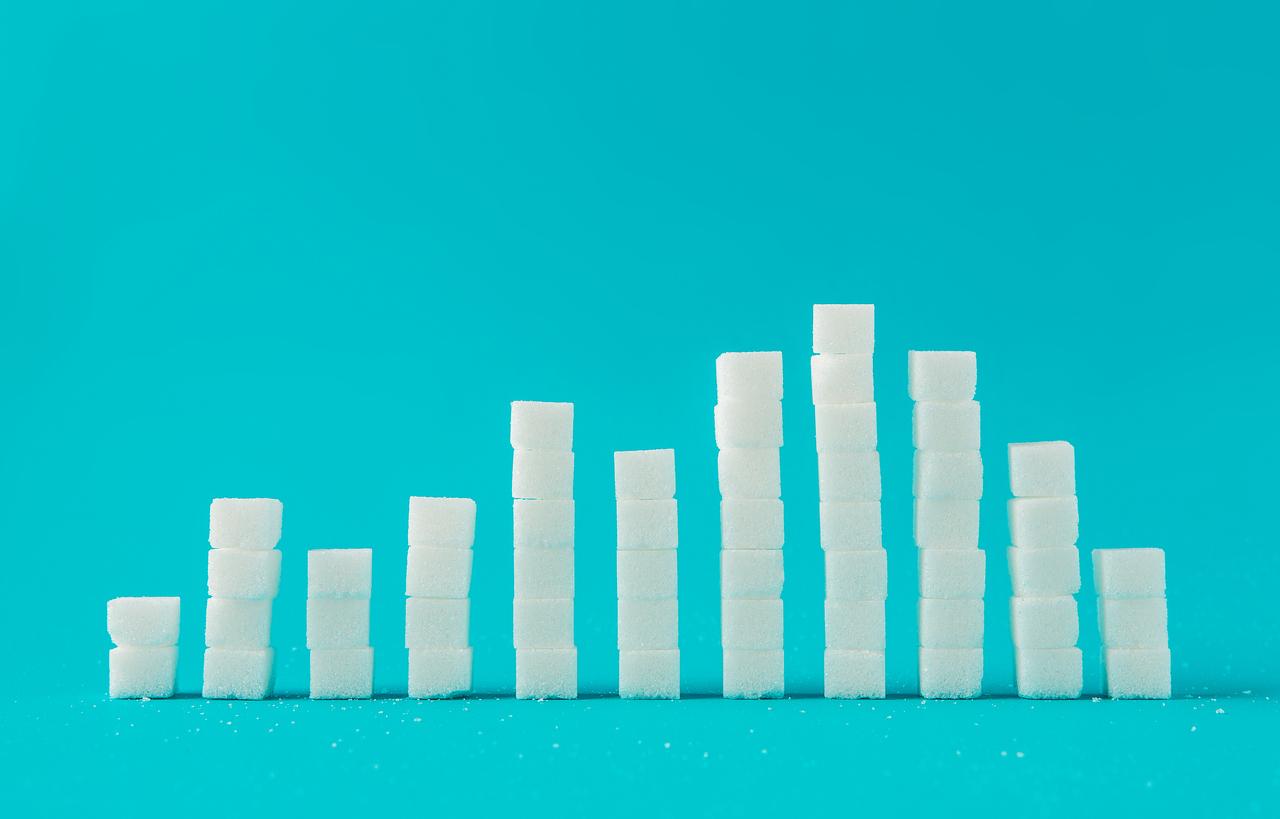Stevia, agave syrup, rapadura… Nowadays, so-called “natural” sugars and sweeteners are presented as alternatives to “table sugar”. But what are their real effects on health? How to reduce your consumption of “simple carbohydrates”? 60 Million consumers takes stock in its new special issue.

- 90% of French people consume “table sugar” made from beets.
- 75% of 4-7 year olds ingest more sugar than is recommended for their age and physical expenditure.
- The use of the glycemic index, a classification criterion for foods containing carbohydrates, is not essential, because it is complicated to use on a daily basis.
20 to 30%. This is the proportion of French people who swallow more than 100 g of sugar per day, according to ANSES. Their dose of “simple carbohydrates” is twice as high as that recommended by the World Health Organization (WHO). “In general, it is children and adolescents who ingest a lot of sugar. But adults can also find themselves eating a lot, without realizing it, during aperitifs or while tasting squares of chocolate”, said Sophie Coisne, deputy editor-in-chief of the magazine 60 Millions de consommateurs, during a press conference on December 8.
Problem: overconsumption of sugar is associated with the occurrence of several pathologies, such as diabetes, obesity, soda disease (or NASH), cavities or acne. Thus, it is advisable to reduce its daily sugar intake. For that, “it is still necessary to know to what extent it is present in our food”.
Too much sugar in the 107 industrial products analyzed
In his new special, the magazine focused on the amount of sugar present in industrial products. They sifted through the labels of 107 items. In detail, they examined cereals and muesli for breakfast, biscuits and cakes, cold sauces, cereal bars, yoghurt drinks and chocolate fondant preparations.
According to the results, the cookies are too high in sugar. “A 50g serving, or about 2 biscuits, can make up almost half of the recommendations”, reports 60 million consumers. Same observation for chocolate fondant preparations: by eating a slice of cake, you reach half of the WHO recommendations. Drinkable yogurts were also high in simple carbohydrates. Some milk drinks were less sweet, but they contained “controversial sweeteners”. “The sugar content in the cold sauces was also very high. In addition, they contained preservatives”, adds Amine Meslem, section editor of the magazine.
“Natural” sugars and sweeteners: healthier alternatives?
Then, 60 million consumers looked at so-called “natural” sugars, such as agave syrup, coconut sugar or yacon syrup, and sweetening powders and liquids. As a reminder, these are presented as “best” than table sugar. According to the magazine, “natural” sugars are 20 times more expensive than table sugar and some contain a lot of fructose. As for sweeteners, which maintain the taste of sugar, they are very bad for your health. “These substances are present in many low-fat products”, says Sophie Coisne. In the list of sweeteners on the hot seat, we find aspartame, acelfame K, sucralose and glucose-fructose syrup.
How to reduce your sugar consumption?
“The idea is not to no longer have the right to sugar, but to limit the quantities. For this, it is better to reduce the dose of table sugar than to opt for a substitute”, explains Sophie Coisne. 60 million consumers recommend cooking at home and following the recommendations of the National Nutrition and Health Plan (PNNS). As a reminder, this program, launched by the government, encourages people to eat more starchy foods, vegetables, fruits and oilseeds. “By following these tips, we realize that our blood sugar is lower,” continues the magazine’s deputy editor.
















